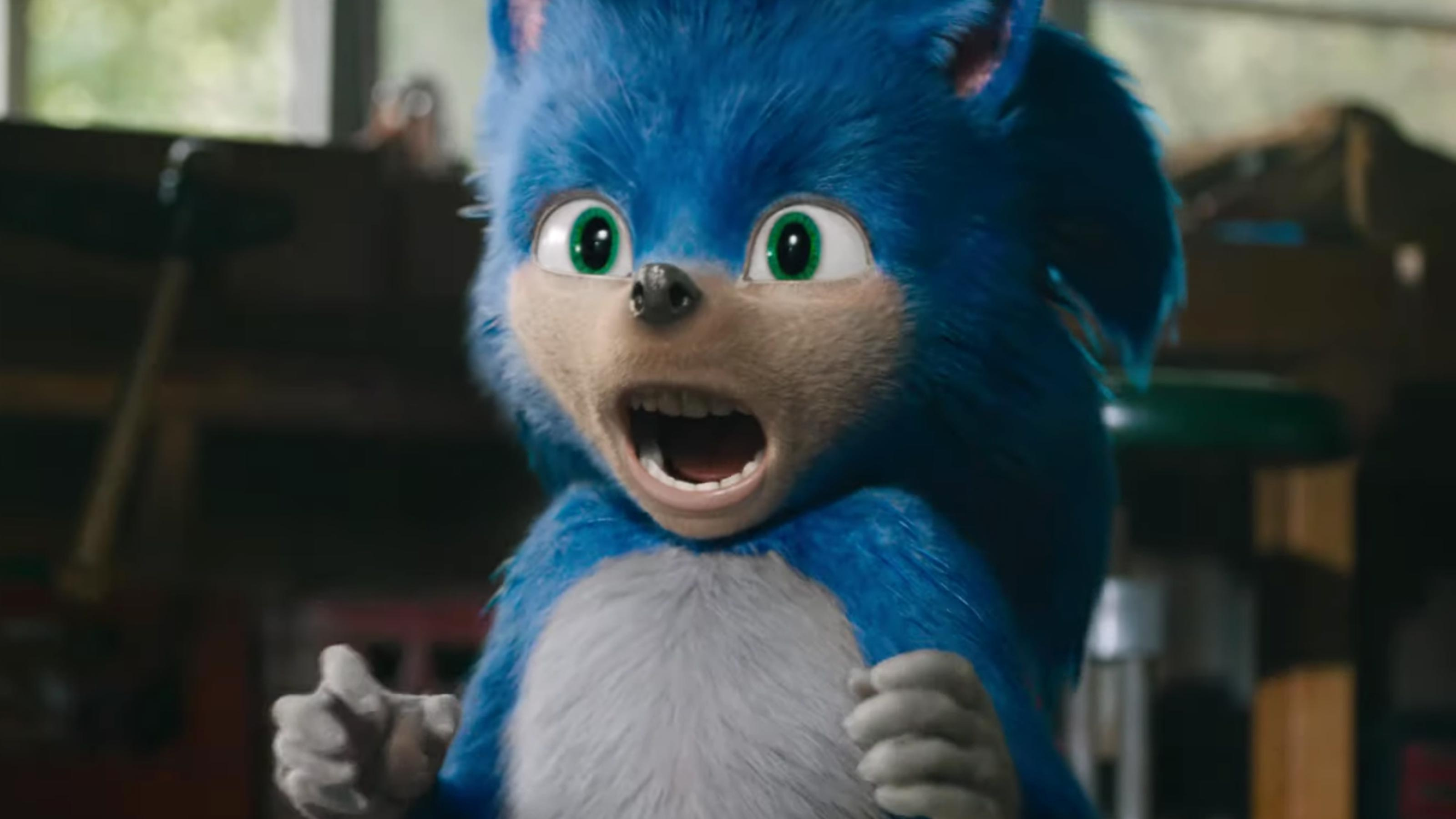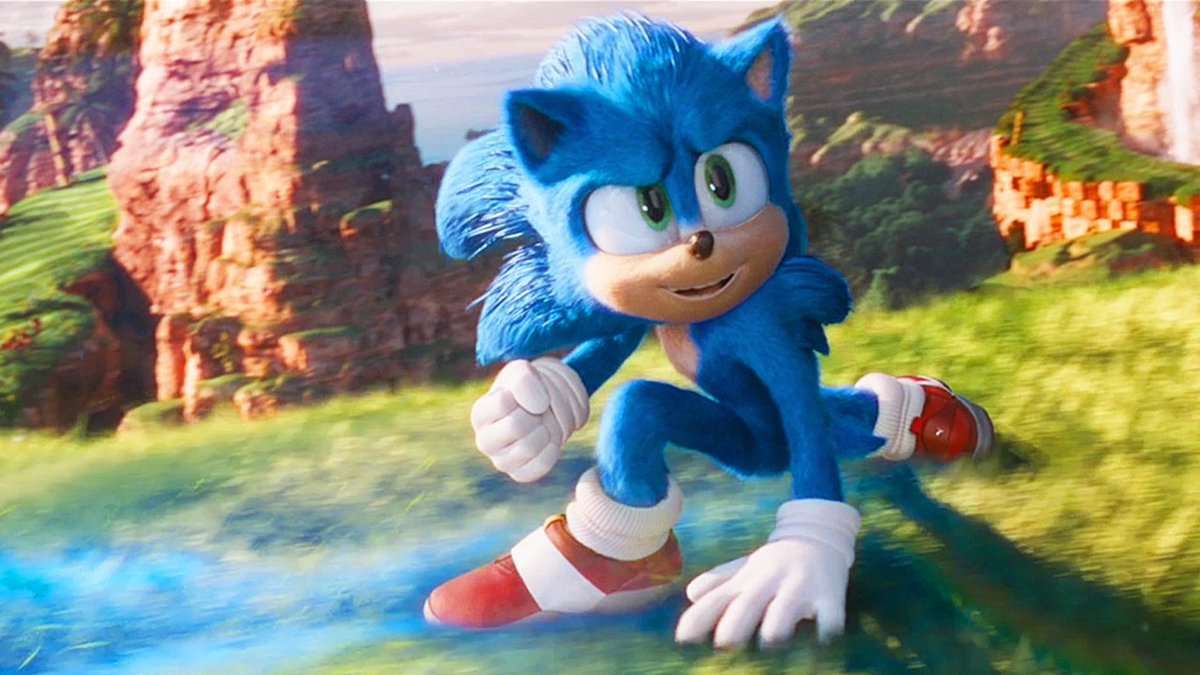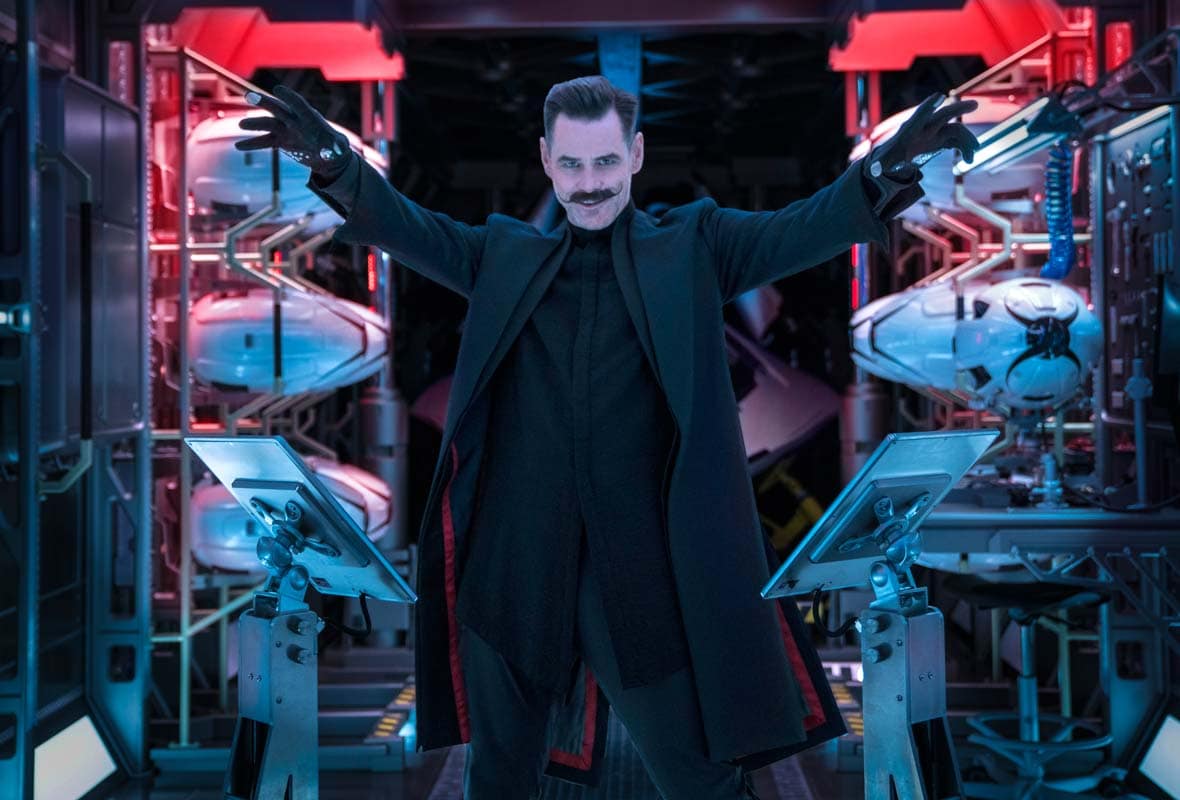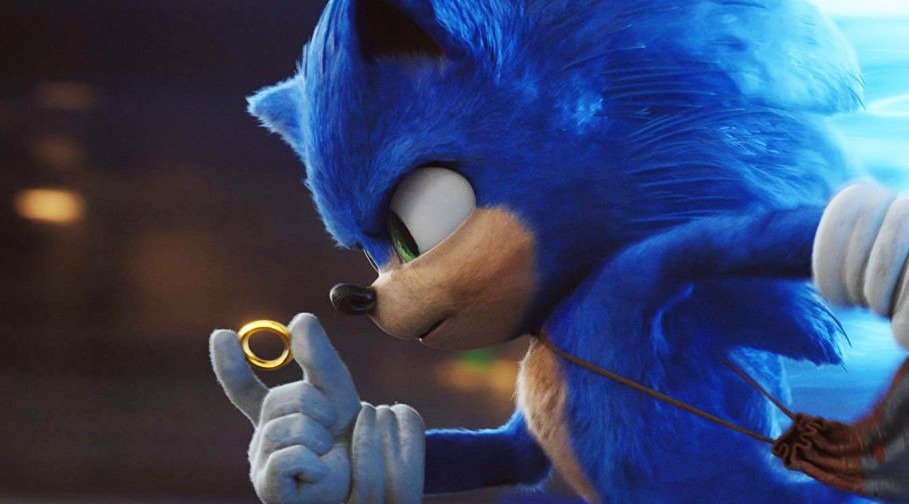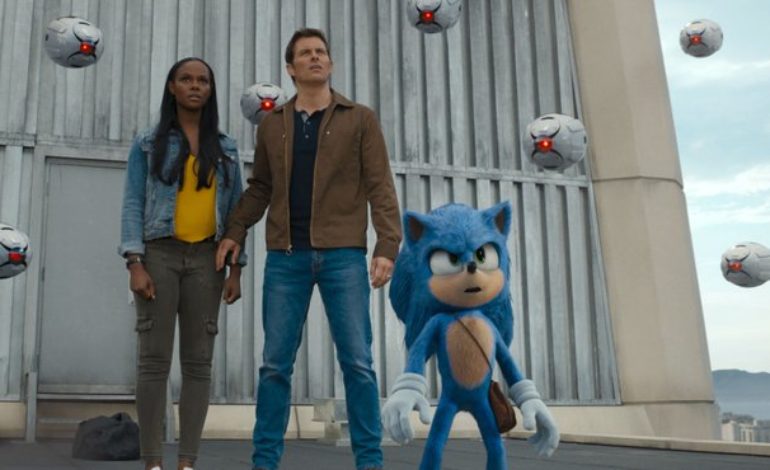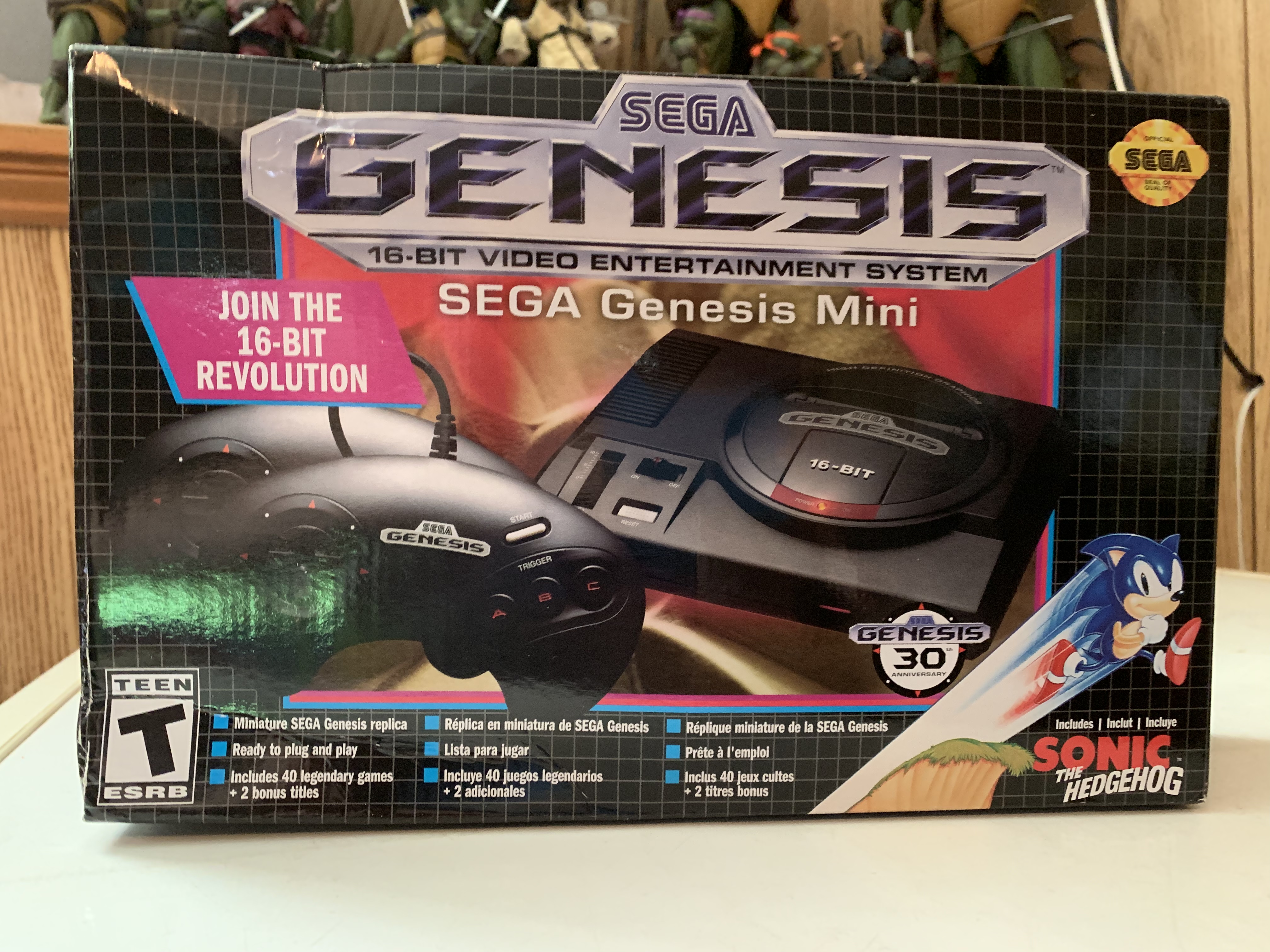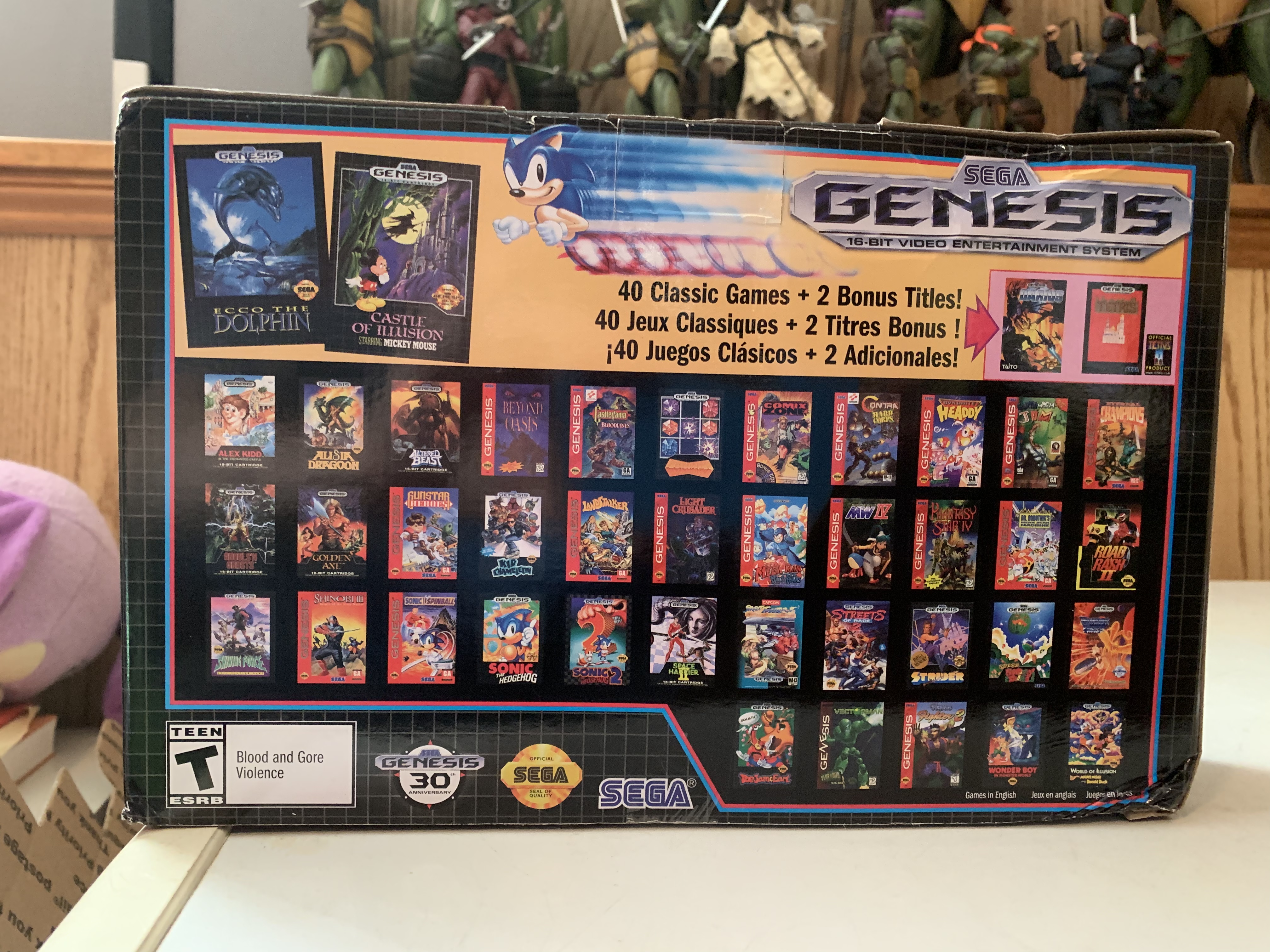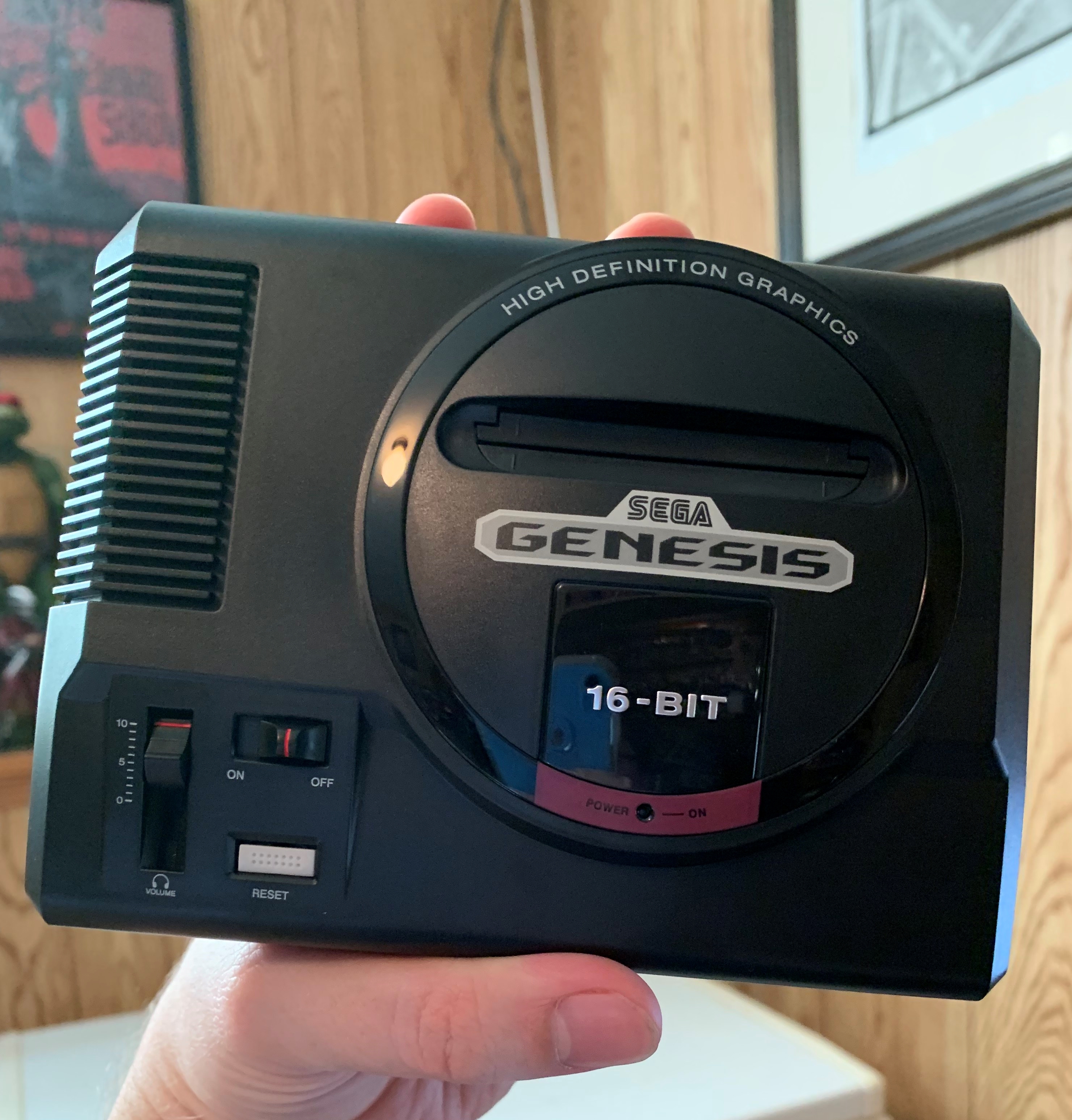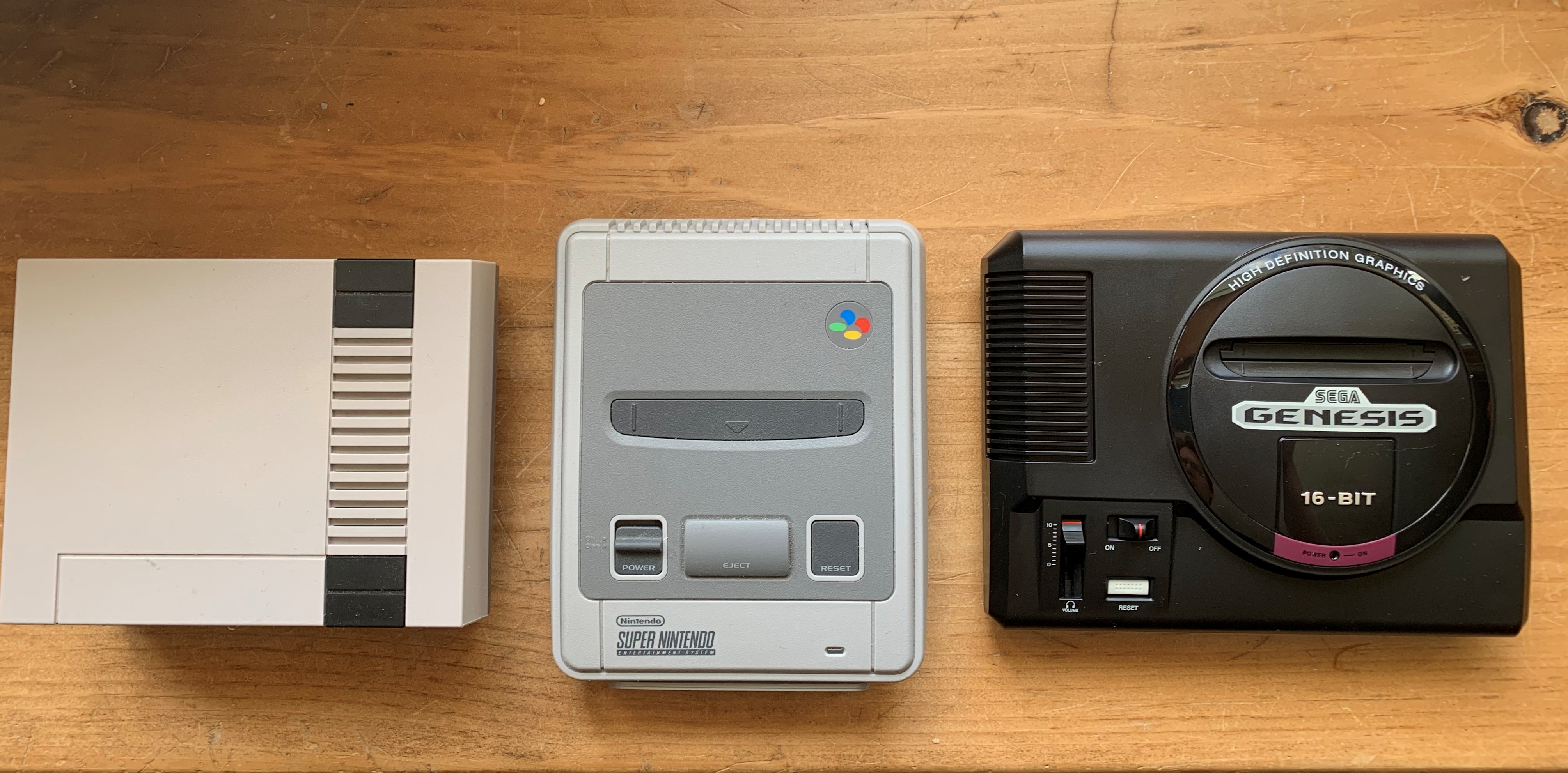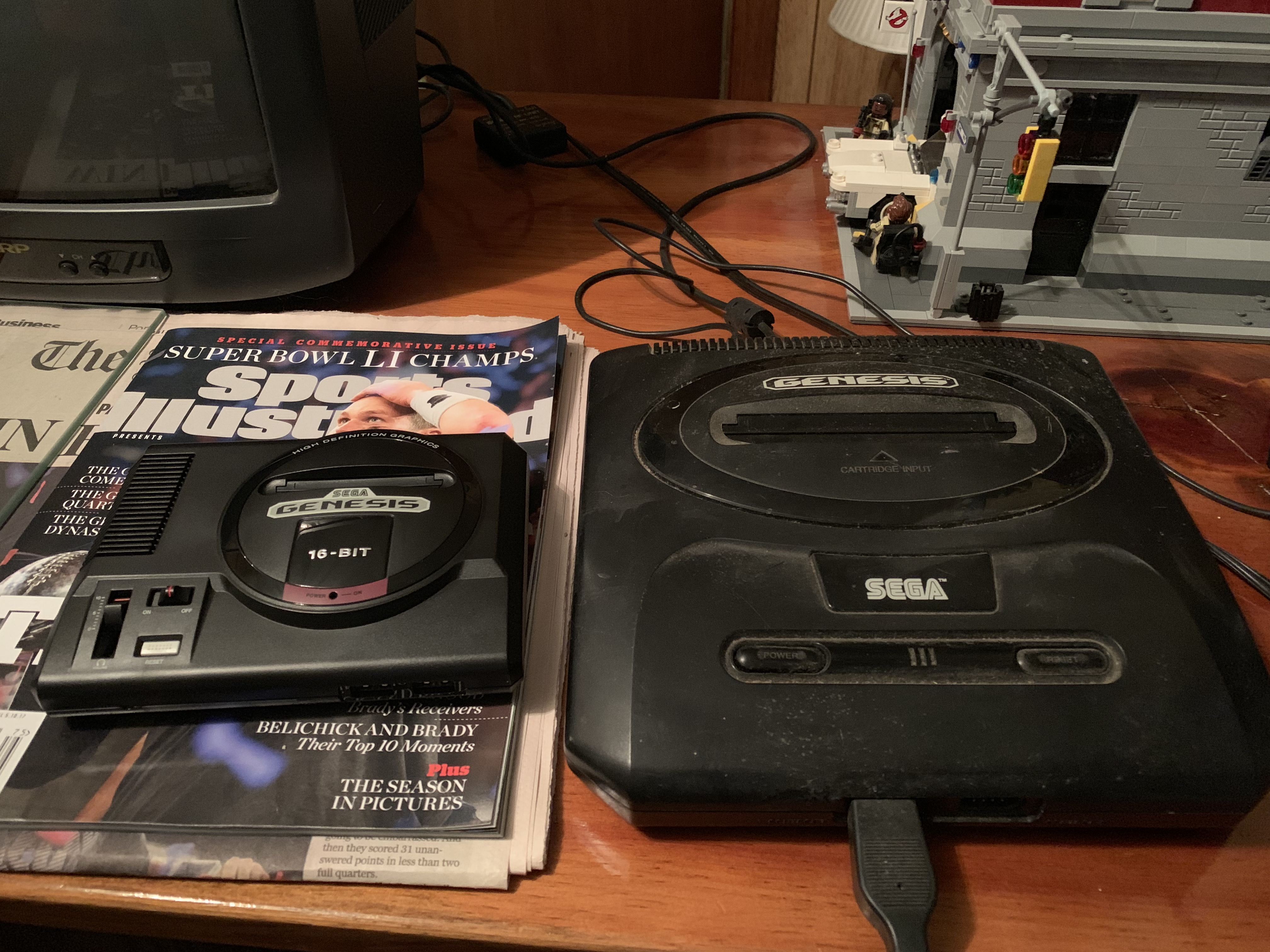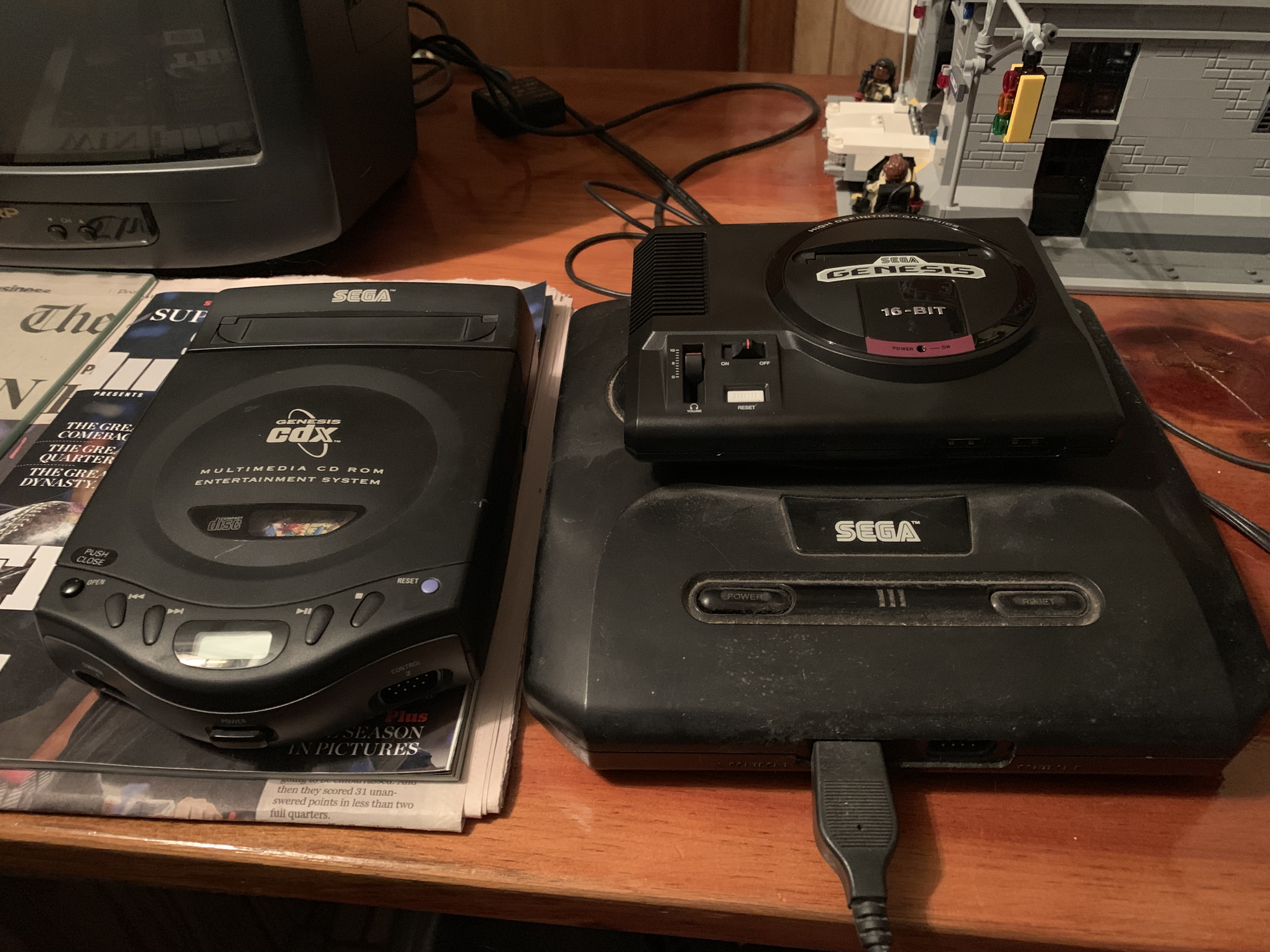
Commemorating 30 years of the Genesis, Mega Drive to you non-Yankees, in comes the Genesis Mini to go along with your other mini consoles.
Did you think the era of the mini console was over? You would be forgiven if you had. Last year’s Sony Playstation Classic arrived with a thud. Originally retailing for $100, you can probably score one now for less than half of that as they clogged shelves during the holiday season and failed to excite. And it wasn’t a surprise. Sony just didn’t have the software muscle to make the Playstation Classic a must-own console. It wasn’t for a lack of effort on Sony’s part. There was a clear desire to have this device harken back to the early days of the Playstation as a celebration of one of the most popular gaming devices of all time. The problem was it may have been too reverential for those early days as a lot of the software just hasn’t aged too well. And the games that had have been readily available for download or in compilation packages for years. Top it off with no dual shock and a hefty price tag just made the console undesirable. Maybe Sony still made money off of the machine, but it wouldn’t be surprising to learn the electronics giant took a loss either.

Not to be confused with the awful other mini Genesis units out there.
If you thought that high profile failure would deter others from following suit, well then you would be wrong. Throwing their hats back into the ring is Sega, who has been licensing its old software and hardware for years as part of third-party plug-and-play devices of less than desirable quality. Even when the NES Classic was available, Sega had a Genesis Mini on store shelves that boasted wireless controllers and a port on the console for an actual Genesis cartridge. Everything about it though was clunky and pretty awful. Since it was licensed out, it likely cost Sega nothing aside from a hit to its brand reputation. Maybe Sega decided it needed to help that brand out while making another effort at tapping into that mini console nostalgia that has boosted Nintendo’s bottom line for a few years now.
To do so, Sega has sought the services of M2, the developer behind the Sega Ages compilations which have been universally praised for their emulation quality. Sega also is apparently handling the actual hardware in-house, and actual Genesis controllers will ship with the system this fall. This smells like an honest attempt at a quality device, the only question really is can Sega still manufacture and produce quality hardware? It’s not something the company has been involved with for decades now since the high profile failure that was the Dreamcast. Considering there isn’t much to these mini consoles, there probably should be some degree of confidence Sega can pull it off. By sticking with wired controllers there’s no worry about cheap, wireless, devices which plagued the prior models. And we already know the emulation end should come out quite well.
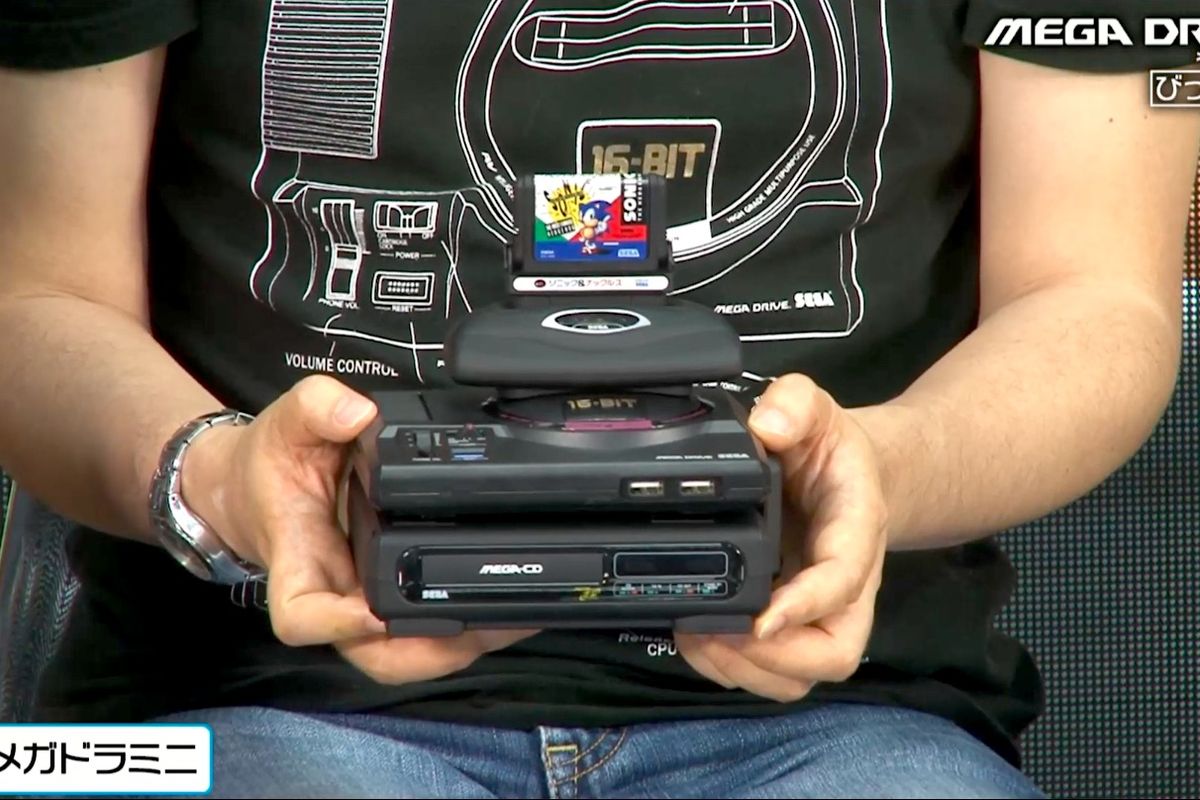
Sega is apparently going all-in on the nostalgia and even releasing a non-functioning Sega CD and 32X mini in case you want to remember this abomination.
What we also know is the price ($79.99, same as the SNES Classic) and contents of the package. The US version will include two classic 3-button controllers and 42 games. Yes, it would have been preferential to have the six-button controller, which will apparently be included with the Japanese version so perhaps there will be some six-button controllers for sale, but it’s not a deal-breaker since every game had to utilize the 3-button layout. Mostly though, look at that games total: 42! Where Nintendo seemed careful about what it included with the SNES Classic, likely wanting to adhere to placing a dollar value on each game, Sega has simply said “Screw that!” and put a vast collection of games on this set that well-represent what the Genesis was famous for. Sure, there are some notable omissions. Mortal Kombat was huge for the Genesis, so it’s surprising to see it excluded. Considering the game doesn’t possess the gameplay to match its visuals, it’s only a sentimental loss. An actual good game that is missing is Sonic the Hedgehog 3 + Sonic & Knuckles. It’s possible the lock-on function was difficult to duplicate, or maybe Sega just felt that would be too much Sonic. Otherwise, there aren’t a lot of obvious omissions. Sports were huge on the Genesis, but licensing for sports titles is likely far too complex and expensive. Likely, most of your personal omissions are a preference for one game in a series (Shining Force vs Shining Force II, for example) vs another.
I’ve taken the time to rank the games of the other high-profile mini consoles, only skipping SNK’s, so I feel an obligation to do the same for the Genesis. This is the only negative for me of Sega including 42 games as I have to rank them all! This is no easy feat, but I’ll do my best. Now, I have played every game on this list, but that doesn’t mean I am supremely familiar with all of them. I’ll try to convey my familiarity where I can, but this is also just one man’s opinion so take it for what it is.
First of all, there are actually 2 games I have not played and they are the two most recent revelations: Tetris and Darius. The Genesis Tetris was somewhat infamously discontinued before it got going. It’s one of the most expensive carts to this day. It’s Tetris, so you probably have played it before on another platform. I’m sure it’s good. The other game I have not played is the arcade-only Darius. A fan version of this game showed up on the internet and it’s speculated the version here is the same. It’s an auto-scrolling shooter from Taito so if you like that stuff I suppose you’ll be excited to play it. As for the other 40 games, well let’s just get right down to it.
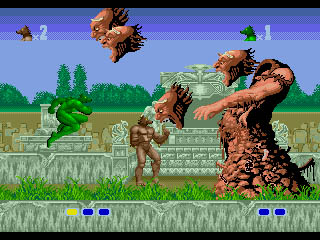
Altered Beast is memorable and was an early success story, but it was never really a good game.
40. Altered Beast – Altered Beast is an arcade classic, and as an early Genesis title, it does have some fans. On the other hand, it’s an example of how porting from arcade to the Genesis wasn’t entirely smooth and that arcade perfect ports were still years away. The transforming beast gimmick is neat, but everything else is rather terrible. It’s playable, and as a kid I liked it enough, so if it’s your worst title then that’s not too bad.
39. Alex Kidd in the Enchanted Castle – The mascot before Sonic, Alex Kidd is perhaps best forgotten, a super floaty platformer that is representative of a lot of the shovel-ware that would clog game systems during the era. There’s at least some skill to be formed while playing this one, hence why I put it ahead of the vanilla brawler, Altered Beast.
38. Virtua Fighter 2 – Virtua Fighter 2 is a late era representative of how porting from the arcade to the home was hard. This time, it’s because arcade hardware had more than lapped what was available for most gamers at home. If playing this title on the Saturn, then it’s pretty good. On the Genesis? Well, let’s just say it’s a shocker they even bothered.
37. Eternal Champions – Sega’s in-house fighting game entry, Eternal Champions was the straight to home fighting game that wanted to be violent and shocking. Instead, it’s just a one on one fighter with little charm that’s also some-what bogged down by overly complex mechanics. The fact that it was developed for the Genesis, and not the arcade, made it noteworthy at the time because that was practically unheard of for fighting games. It ended up being a harbinger of things to come as the arcades became more marginalized as the 90s wore on. Playable, but hardly memorable unless you really like the fatality-like Overkills.
36. Ecco the Dolphin – Pretty nice looking for a Genesis title and certainly unique given that you play as a dolphin and solve puzzles. It’s also one of the most boring titles I’ve ever played. Some people love it, and it was a huge seller, so maybe others will too.
35. Ghouls ‘n Ghosts – I’m on the record as just not being a fan of this franchise. This version is naturally superior to what was on the NES, so if you like that game then you’ll love this one. I personally just find this game difficult to a fault, where it only cares about being hard and not being entertaining. Such a slog.
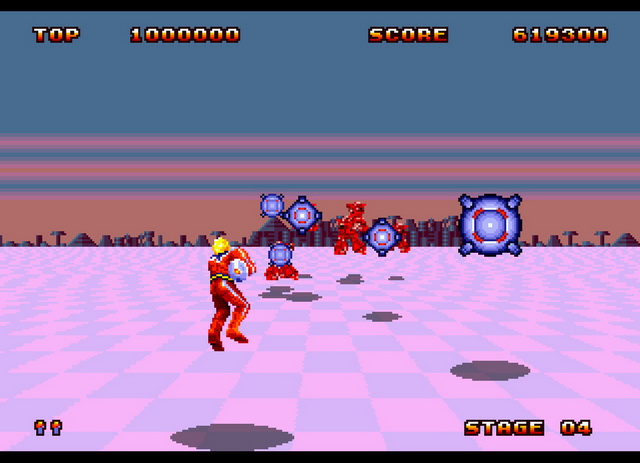
Space Harrier 2 is certainly a unique shooter that was far more impressive back when it came out than it is today.
34. Space Harrier 2 – A strange behind-the-back on-rails shooter. You can move your character all over the screen to avoid attacks. It gets pretty chaotic, but if you’re a fan of on-rails shooters it might offer a nice change of pace from the typical approach.
33. Golden Axe – A solid arcade port that’s still plenty playable, Golden Axe is far more enjoyable with two-players. I’m surprised Sega went with the original here, but there’s not a ton separating the games in this franchise so I suppose it matters little. It’s fine, but I’ve played Golden Axe so much that it’s hard to get excited about it.
32. Kid Chameleon – A platformer in which you play as what appears to be a 50’s greaser and collect power-ups that impart new abilities. It’s a neat concept and if you stick with it you may find it rewarding. I’ve personally just always hated the “feel” of this one as the character is really floaty and slippery.
31. Comix Zone – One of the coolest looking games on the Genesis, Comix Zone has a great concept. You play as a comic book artist who gets sucked into his own panels. It’s just so unbelievably hard that all enjoyment is ruined. I guess you could save-skum your way through it, but that’s hardly what I consider fun.
30. Light Crusaders – An isometric RPG, it’s actually one of many RPGs on the Genesis Mini. It’s crazy how many there are. Is this one the worst? Probably. I’ve never spent a ton of time with it though so maybe I’m selling it short. I’m not a fan of the perspective or the visuals, finding it frustrating. It does at times feel like a precursor to the much superior Diablo given the perspective and the fact that there’s just one, really long, dungeon in the game. It did receive quite a bit of praise when it was released in 1995 so maybe I should give it another shot?

Visually, Beyond Oasis strikes me as Secret of Mana meets Dragon’s Lair.
29. Beyond Oasis – A top-down action RPG, this one reminds me of Secret of Mana. It has some distinctive visuals, but the animations can be a bit chunky. Not the greatest controls either as you’re most likely going to find little snakes you have to crouch to hit to be the biggest annoyance. It’s an interesting game, but it’s somewhat made worse for its RPG elements as dealing with NPCs just feels tedious and dry.
28. Super Fantasy Zone – a shooter, but one in which you have full control of the vehicle similar to TaleSpin on the NES. It’s a pleasing title to look at and an easy one to just pick up and play when you have a half hour to kill or something. I prefer this style to auto-scrolling, even if it’s still not the type of game I seek out. It was also never released on the Genesis in the US, but was released on the Virtual Console in 2008.
27. Castle of Illusion Starring Mickey Mouse – Disney and Sega had a nice thing going for awhile. Castle of Illusion was among the first and an early entrant on the Genesis. It’s a rather benign platforming title that might be easier than you remember if you last played it as a little kid. That is unless your skills in 2D have diminished, then it might be harder than you remember.
26. Earthworm Jim – This game was inescapable when it came out as the marketing was obnoxious. It’s a flashy looking shooter/platform type that gets pretty hard pretty fast. I think it’s a bit style over substance, but it does have an addictive quality to it. I know it still has a strong fanbase to this day, which is probably why the character is set to attempt a comeback on the Intellivision Amico.
25. Thunder Force III – This game is a totally serviceable shooter in the same vein as R-Type. Not my cup of tea, but plenty fine. This is the best game in the franchise as it switched to the horizontal format and even introduced some elements that would be considered forgiving, a rarity in this genre.
24. Wonderboy in Monster World – Yet another RPG, this one is a side-scrolling action one. It’s perfectly playable and even enjoyable still today. It’s also a little boring when it comes to the RPG elements which is probably why Wonderboy never took off like Zelda did. Either that or it was because his name is Wonderboy. I mostly rank it this high on the list because I find the aesthetics of the game quite charming.
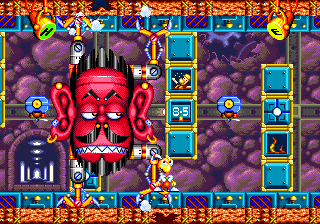
Dynamite Headdy was a later arrival on the Genesis so it may have been overlooked by many.
23. Dynamite Headdy – There were so many mascot plaformer types in the 90s that it’s forgivable if you forgot about Dynamite Headdy. He’s basically a bug without a neck who can throw his head at enemies. Interesting concept, for sure, and a totally fine platforming title. Headdy handles well and the game is bright colorful, what more do you want?
22. Alisia Dragoon – It’s kind of like Castlevania with lightning bolts and dragons. Alisia Dragoon is a side scroller in which you have lightning powers and multiple dragon sidekicks to cycle through. Like Castlevania, there’s exploration elements and hidden places to find. It’s also pretty relentless about attacking from all sides making it imperative to use your powers judiciously so they have time to recharge and strike out in all directions. This is a game I’ll likely spend more time with should I get a Genesis Mini.
21. Sonic Spinball – It’s pinball, but with Sonic the Hedgehog instead of a ball. I’m actually not sure if this title is overrated or underrated. When it came out, a lot of people were a little irritated it wasn’t a proper new Sonic game, but it’s hard to deny it’s a rather fun experience. It won’t blow you away, but you’re unlikely to have a bad time at least.
20. Columns – A Sega classic, of sorts, Columns was the brick-falling game not named Tetris. It’s a match 3 type of puzzler and it’s fine. It won’t wow you, but it’s easy to get absorbed in. I’d much rather play this than something like Yoshi’s Cookie, though I’d prefer to play one other puzzler on this set over it.
19. Landstalkers – Another isometric action RPG, this one is just much more enjoyable than Light Crusader. It’s nicer on the eyes, and while the story isn’t anything special the world is far more interesting to explore. The perspective is still more annoying than fun, but this is a title in need of some added exposure so hopefully the Genesis Mini is a benefit for it.
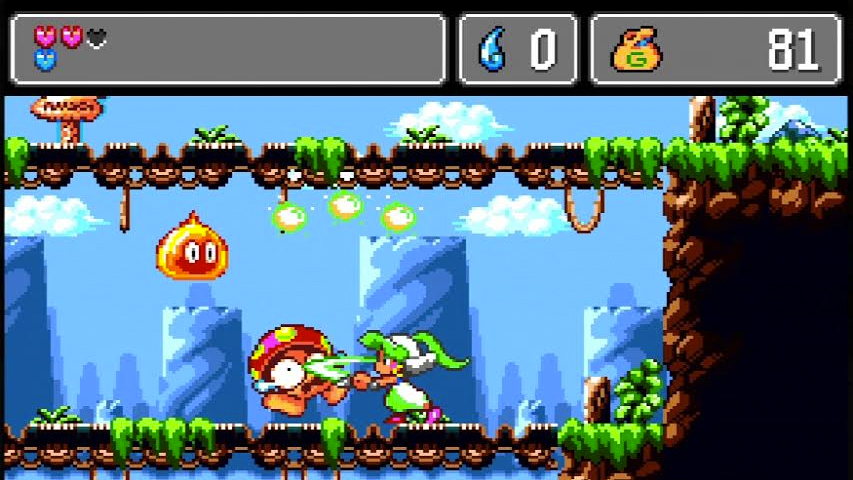
Monster World IV features a colorful and cute design that I just find so charming.
18. Monster World IV – The last entrant in the Wonderboy series on the Genesis and a game previously unreleased on the console outside of Japan. It has been included on compilations in recent years, but this will be the first time US gamers will get to experience it on Sega hardware. It’s yet another side-scrolling RPG, but it has charm and looks great. A surprise, but worthy, inclusion for the Genesis Mini.
17. Mega Man: The Wily Wars – This one is almost like cheating as it’s a compilation of the first three Mega Man titles ported to the Genesis with enhanced visuals. It should be awesome, but I’ve never liked how it feels compared with the NES games. It seems slower and more deliberate almost as if Capcom went too far in updating the visuals and instead negatively impacted the gameplay. Maybe that’s why it originally went unreleased, being only available on the Sega Channel. I’ll give it another shot, for sure, as it’s still Mega Man and those three games are classics in their own right.
16. World of Illusion Starring Mickey Mouse and Donald Duck – I’m probably ranking this one too high, but it was a personal favorite of mine as a kid. It’s Castle of Illusion, but with two-players and much improved visuals. It’s a fun, breezy, platformer that should be beatable for even those who have let their skills diminish over the years. It just might take some practice.
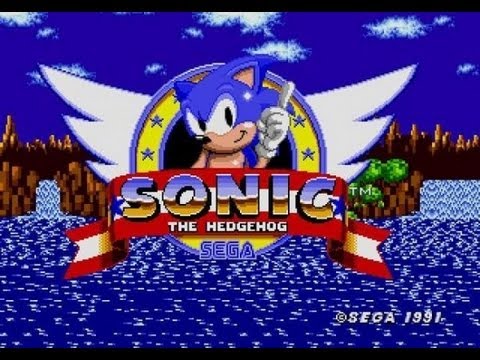
Sonic’s gameplay is somewhat divisive, but what isn’t is the impact he had on Sega and video games as a whole in the 90s.
15. Sonic the Hedgehog – Sega’s first real answer to Mario, you either love it or you don’t. The game is a constant battle with the urge to travel at top speed, because once achieved, you open Sonic up to a world of hurt in the form of spike traps and death pits. It’s a game of trial and error, and had it not been a success back in the 90s we might not even be here having this conversation. Still very playable, just not the best Sonic title any longer.
14. Street Fighter II: Special Champion Edition – It’s the arcade classic now on the Genesis. This is about as competent a fighter as you’re going to find, it’s just hard to get excited about playing it in 2019. The 3-button controller is not the ideal way to experience Street Fighter, but it’s competent at least. It’s still Street Fighter II though, which is a nice floor to have.
13. Road Rash II – The motorcycle racer that was a staple on the Genesis, until it wasn’t. This game was largely popular amongst my friends because you could attack other racers, but even absent that it was still a damn good time and a fun racer. I’m a bit surprised it’s the only racer on this set though, but I’m not sure Outrun has aged all that well and Virtua Racing is probably too hard to emulate.
12. Dr. Robotnik’s Mean Bean Machine – Another stacking puzzle game, this is just Puyo Puyo but with a Sonic skin. Specifically, it’s done in the style of the cartoon Adventures of Sonic the Hedgehog. It’s the rare puzzler that’s better with two players. Probably the only puzzle game I prefer to it is Puzzle Fighter, which isn’t surprising since they’re pretty similar. Definitely check this one out if you never have.
11. Contra: Hard Corps – The venerable Contra series on the Genesis. Some Contra fans cite this as their favorite entry in the series. I’m no Contra expert, so don’t ask me. It’s a fun and challenging shooter though. Too hard for me, and I’m not ashamed to admit that. Have fun using save states on this one.

Strider is Capcom’s forgotten hit franchise. Its visuals are a tad dated as this was an early Genesis title, but its gameplay is not.
10. Strider – This felt like Capcom’s answer to Tecmo’s Ninja Gaiden. Strider is a bit more vertical and the main character Hiryu has a lot of weapons at his disposal. Strider controls well and offers plenty of action, a good one to get lost in especially since the challenging difficulty will keep you busy.
9. Vectorman – Speaking of hard games, here’s another. Vectorman is a shooter/platformer with some gimmicky stuff as well as the titular character can change form. Visually distinctive, Vectorman is a game I enjoy despite the fact that I suck at it. Maybe I just need more practice. I’ll probably play this one a few times and struggle to make it to level 3.
8. Shinobi III – A challenging platformer, but one more deliberately paced. I’ve always preferred Shinobi to Ninja Gaiden or Strider because of that pacing. It’s easier to plot out an attack and feel out a boss fight. It’s also still hard, but often fair. Smart move by Sega to go with the third entry over the other two as this one has always felt like the most balanced entry in the series.
7. Phantasy Star IV – A more traditional JRPG, this series is basically Sega’s Dragon Quest or Final Fantasy. I’m a bit surprised they opted to go with IV over the more popular II, but either one is fine. I wish it looked and sounded better, but it’s strangely addicting thanks to its combat system and I look forward to playing through it.

The only game brave enough to refer to its characters as wieners.
6. Toejam & Earl – Too high? Possibly. This game is just too weird not to love and represents the oddball nature of the Genesis so well. You practically have to play it with two players, but the journey to piece together the spaceship of a couple lost aliens is certainly memorable and humorous. This is also the rare game where the power-ups feel more like a curse as they make it so hard to control the characters. This is definitely the go-to game when a buddy stops over. Maybe now I can finally beat it?
5. Gunstar Heroes – A more forgiving run and gun game than Contra or SNK’s Metal Slug. It’s also faster and has its own distinct visual style. This is routinely cited by many as one of the best games on the Genesis so it was a must-include for Sega. It’s surprising that this series hasn’t been able to live on as a modern-looking version would be amazing. We’ll just have to settle for this release, I guess.
4. Sonic the Hedgehog 2 – It’s like the first game, only everything is better. Maybe you want to say the soundtrack is better on the original – that’s fine. Every level here though is probably superior to every level in the first game. The inclusion of Tails technically makes it two-player, but no one has fun controlling Tails. He’s the original “give this guy to your little brother/sister” character as he can’t die and has no control over what is happening on screen. Which is why if I play any game with one of my kids it will be this one.
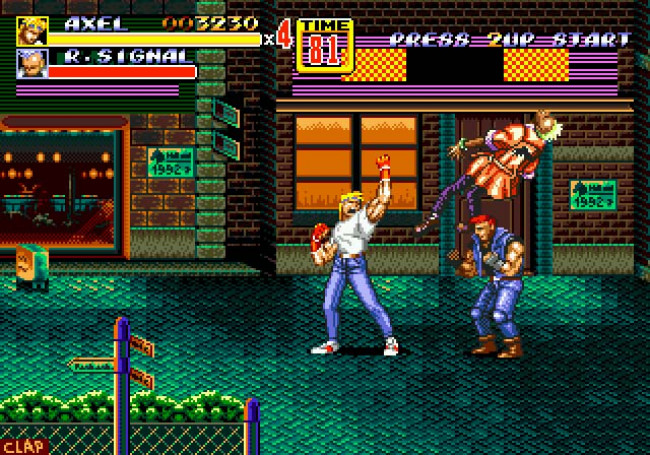
Arguably the best brawler ever created, it’s amazing that Streets of Rage 2 has maintained a stranglehold on that title for so many years.
3. Streets of Rage 2 – Considered by many to be the best brawler ever created. Even better than Final Fight or Double Dragon II. Streets of Rage 2 stretches the genre about as far as it can go. It has a surprisingly deep combat system and it looks great as well. So many games have attempted to rip it off, and none have come all that close.
2. Shining Force – If Phantasy Star was Sega’s answer to Dragon Quest, then Shining Force was its answer to Fire Emblem. Shining Force is a criminally under-appreciated strategy RPG. Maybe we just didn’t have the attention span for it back in the day, which explains why Nintendo never bothered with Fire Emblem until much later, but I never knew anyone who talked about this franchise. It’s great though, but I’m surprised Sega went with the original over the better sequel. It’s not a big deal though. If you don’t like this style of gameplay, then Shining Force won’t win you over. I’m a bit of a junkie for this stuff though, hence the placement here.
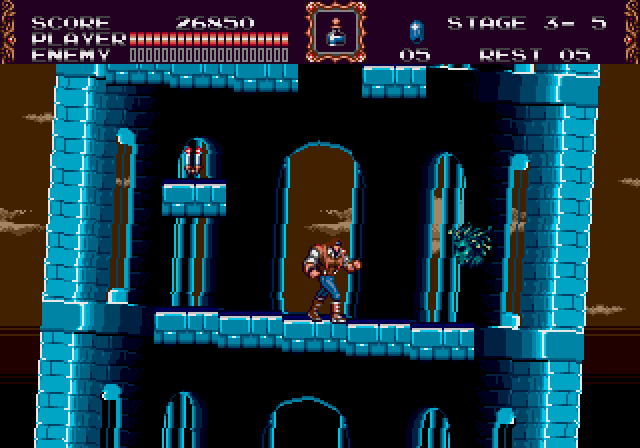
Bloodlines was sort of dismissed upon arrival, maybe due to Castlevania fatigue, but it’s one of the best games in the long-running franchise.
1. Castlevania: Bloodlines – The secret best 16-bit Castlevania? A lot of praise gets tossed at Super Castlevania IV, but Bloodlines is the superior game. It returns the player’s sprite to a more diminutive size giving the game more space. It features tried and true Castlevania gameplay and a great soundtrack as well. Like a lot of games on this console, it wasn’t appreciated as much as it should have been at the time, but at least there’s time to rectify that. This is a fabulous game on the Genesis, and if you love Super Castlevania IV but haven’t played this one much or at all then now is as good a time as any to rectify that.
That’s my opinion of the Genesis Mini’s software. It’s a great collection of games and the sheer amount likely pushes this one ahead of the SNES Classic in terms of value. What remains to be seen is if Sega can deliver on the quality, and while I’m fairly confident the company can, it’s hardly a sure thing. Performing this exercise has, more or less, convinced me to get one myself. And thankfully, it looks like the Genesis Mini will be a lot easier to come by than either of Nintendo’s offerings initially were. And if you think we’re done with mini consoles, well you are mistaken. Konami just announced a TurboGrafx-16 Mini so there’s that to look forward to. And the specter of a Nintendo 64 Classic will continue to loom large over the market until it’s either released or we all collectively decide to believe Nintendo that it isn’t coming.

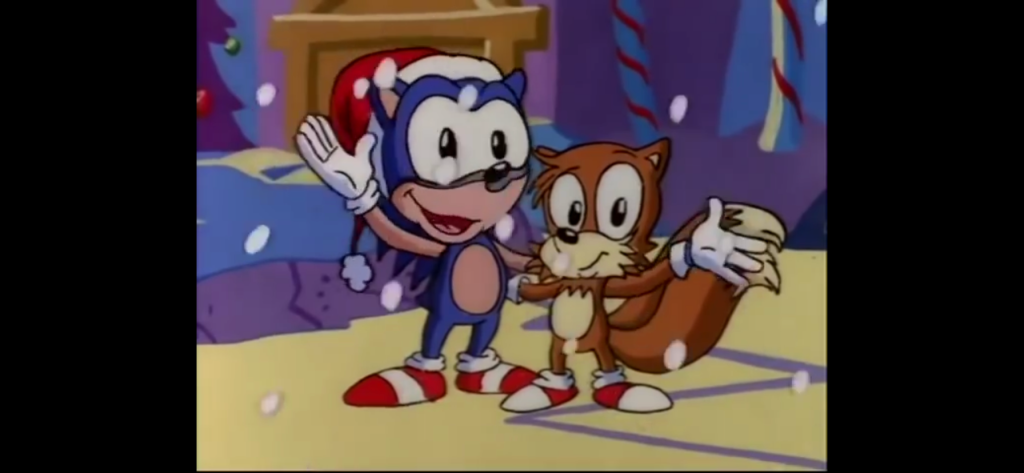



 It was an interesting journey for the world’s most famous hedgehog to go from the small screen to the big screen, but the journey was finally completed Valentine’s Day 2020. Originally set to debut last Thanksgiving, Sonic the Hedgehog famously was delayed when fans reacted unfavorably to the title character’s design. Like Detective Pikachu before it, Sonic the Hedgehog was attempting to bring a CG version of the titular character into a real world setting. Fans were justified in their reaction to the debut of the character as he was only vaguely a representation of a character that’s been around for 30 years. The extra time, money, and effort to redesign Sonic has apparently paid off as the film raced out to an impressive debut weekend topping the weekend box office.
It was an interesting journey for the world’s most famous hedgehog to go from the small screen to the big screen, but the journey was finally completed Valentine’s Day 2020. Originally set to debut last Thanksgiving, Sonic the Hedgehog famously was delayed when fans reacted unfavorably to the title character’s design. Like Detective Pikachu before it, Sonic the Hedgehog was attempting to bring a CG version of the titular character into a real world setting. Fans were justified in their reaction to the debut of the character as he was only vaguely a representation of a character that’s been around for 30 years. The extra time, money, and effort to redesign Sonic has apparently paid off as the film raced out to an impressive debut weekend topping the weekend box office.